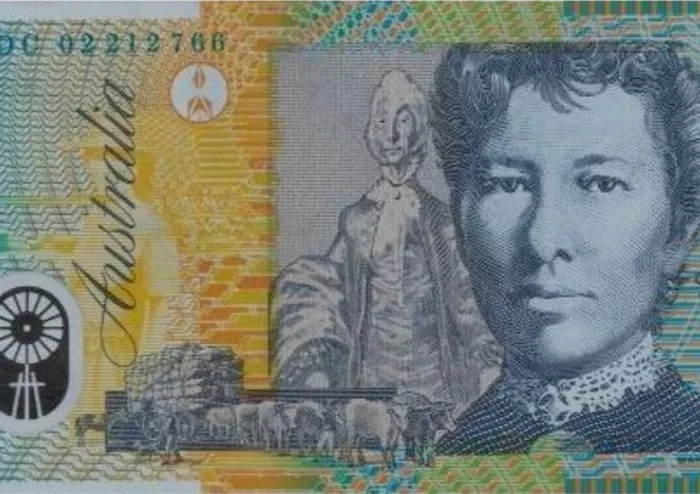In a world where counterfeit currency poses a constant threat to financial systems, it is essential to be vigilant when handling money. The Australian dollar, renowned for its security features, is not immune to the challenges posed by counterfeiters. To protect yourself and maintain the integrity of financial transactions, it is crucial to know how to distinguish genuine Australian dollars from fake ones. In this article, we will explore the security features embedded in Australian banknotes, providing you with the knowledge to confidently verify the authenticity of your currency.
Watermark:
One of the primary security features found on Australian banknotes is the watermark. Every denomination, from the five-dollar to the one-hundred-dollar bill, features a distinct watermark depicting a prominent Australian figure. Hold the banknote up to the light, and you should be able to see the watermark clearly. Tilt the note at different angles to observe the watermark’s movement, which is a reliable indicator of authenticity. Counterfeiters often struggle to replicate the intricate details of a genuine watermark, making this feature a strong ally in the battle against fake currency.
See-Through Window:
Most Australian banknotes also incorporate a see-through window, a sophisticated security feature that adds another layer of complexity for counterfeiters. The polymer window is a clear and distinct section on the banknote, featuring intricate designs that are difficult to reproduce accurately. By holding the note up to the light, you should be able to see a complete image within the window. Counterfeit notes may lack this clear and seamless window effect, offering a quick way to identify potential forgeries.
Microprinting:
Microprinting is a microscopic text that is nearly impossible to reproduce accurately using standard printing methods. Genuine Australian banknotes feature microprinting in various locations, including around the portraits of notable individuals, such as Queen Elizabeth II. Using a magnifying glass, you can inspect the fine details of the microprinting, verifying its authenticity. Counterfeit notes often fail to replicate these minuscule characters accurately, making microprinting an effective tool in detecting fake currency.
Raised Printing:
The printing on genuine Australian banknotes has a distinct texture that can be felt by touch. Run your fingers over the printed areas of the note, especially the raised elements such as the portraits and the denomination numerals. Counterfeiters often struggle to reproduce this tactile quality, resulting in a smoother texture on fake notes. Pay attention to the feel of the banknote, and if it lacks the characteristic raised printing, exercise caution and further scrutinize the currency.
Color-Shifting Security Feature:
Another advanced security feature present in Australian banknotes is the color-shifting element. On some denominations, such as the fifty-dollar bill, the numeral on the note changes color when tilted. This dynamic shift from one hue to another is challenging for counterfeiters to replicate accurately. By tilting the banknote and observing the color change, you can quickly verify its authenticity. If the color shift is absent or inconsistent, it may be an indication of a counterfeit note.
Ultraviolet Elements:
Ultraviolet (UV) features are incorporated into Australian banknotes to add an extra layer of security. When exposed to ultraviolet light, genuine banknotes display fluorescent elements that are not present in counterfeit currency. UV lights are commonly used by businesses and banks to check the authenticity of notes quickly. By subjecting a banknote to UV light, you can identify the presence or absence of these fluorescent features, helping you discern genuine from fake Australian dollars.
Security Thread:
Australian banknotes are equipped with a security thread that runs vertically through the note. Hold the banknote up to the light to locate the thread, which should be embedded within the polymer substrate. The security thread is a key security feature that is difficult to replicate convincingly. Counterfeiters often struggle to reproduce the intricate details of the thread, making it a reliable indicator of authenticity. If the security thread appears inconsistent or is missing altogether, exercise caution and investigate further.
See Also What Happens If The Australian Dollar Increases In Value?
Conclusion:
In a world where financial transactions are an integral part of daily life, ensuring the authenticity of currency is paramount. Australian dollars, with their advanced security features, are designed to withstand the efforts of counterfeiters. By familiarizing yourself with the watermark, see-through window, microprinting, raised printing, color-shifting elements, ultraviolet features, and security thread, you empower yourself to distinguish genuine Australian dollars from counterfeit ones. Stay vigilant, use the tools at your disposal, and contribute to the collective effort in maintaining the integrity of our financial systems.


